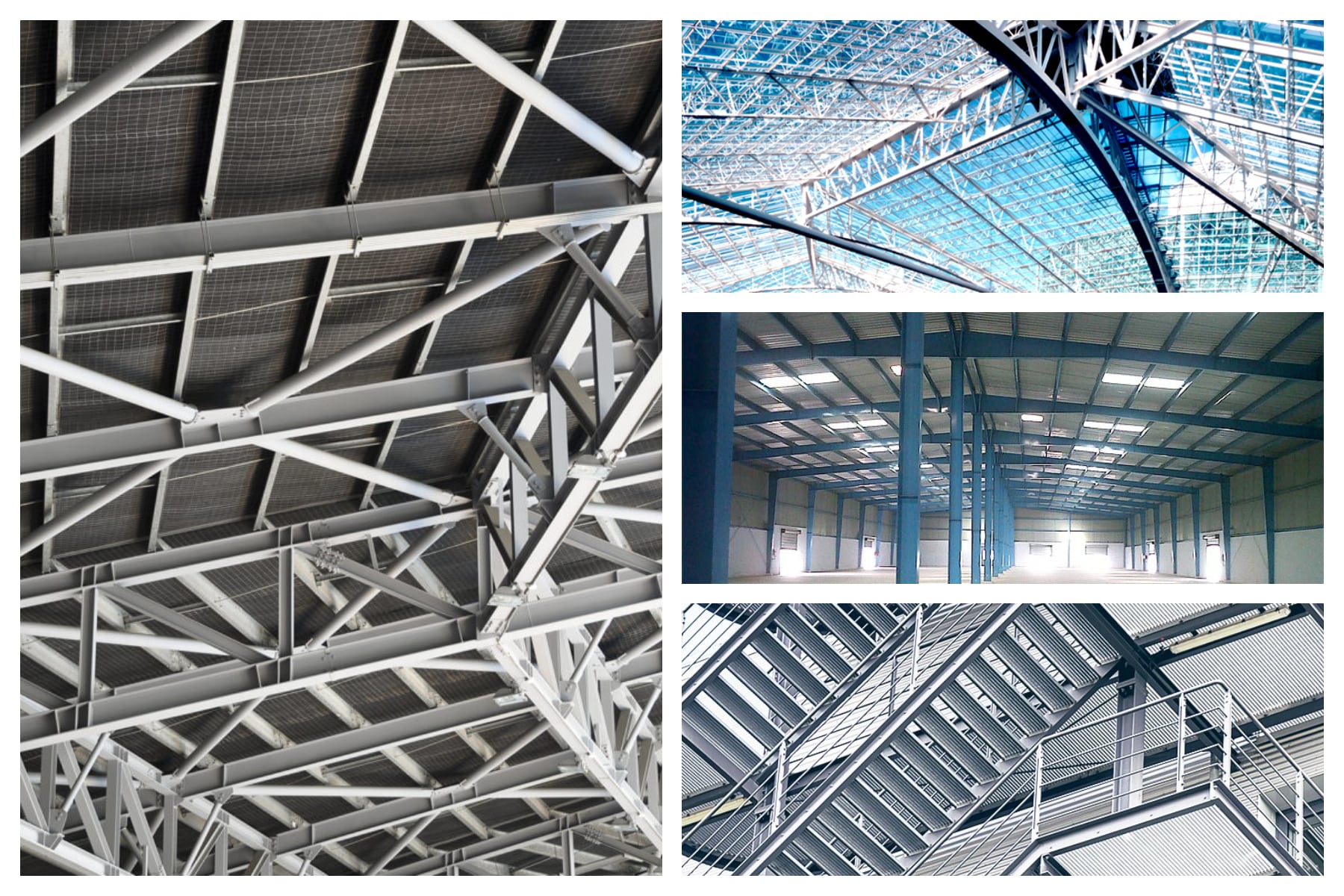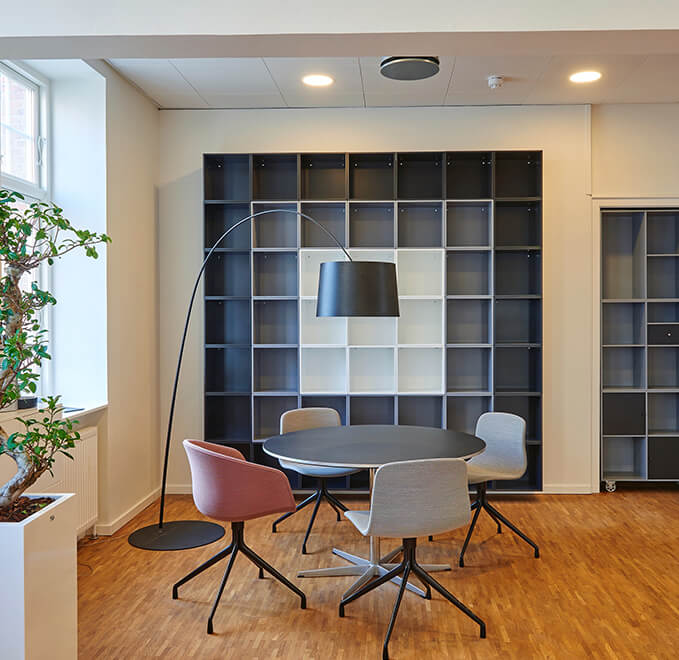
Architectural glazing refers to the use of glass or glazing systems in the construction of buildings to enhance aesthetics, functionality, and energy efficiency. It involves incorporating various types of glass, such as single-glazing, double-glazing, triple-glazing, laminated glass, and insulated glass units, into the building envelope. Architectural glazing has become integral to modern construction, offering numerous benefits and applications.
Types of Architectural Glazing
- Single Glazing:
Single glazing uses a single glass pane in a window or façade system. It is the simplest and most basic form of architectural glazing. However, it provides limited insulation and is less energy-efficient than other glazing options.
- Double Glazing:
Double glazing involves using two glass panes separated by a sealed air or gas-filled space. This design improves thermal insulation and reduces heat loss, making it more energy-efficient than single glazing.
- Triple Glazing:
Triple glazing incorporates three glass panes with two insulating air or gas-filled spaces. It offers enhanced thermal and acoustic insulation properties, making it suitable for buildings in colder climates or areas with high noise levels.
- Laminated Glass:
Laminated glass consists of two or more glass panes bonded with an interlayer of polyvinyl butyral (PVB) or ethylene-vinyl acetate (EVA). It provides increased safety and security, as the interlayer holds the glass together when shattered.
- Insulated Glass Units (IGUs):
Insulated glass units comprise multiple glass panes separated by air or gas-filled spaces and sealed around the edges. They offer superior thermal insulation and can help reduce energy consumption in buildings.
Benefits of Architectural Glazing
- Energy Efficiency:
One of the significant advantages of architectural glazing is its energy efficiency. Double-glazing and triple-glazing systems with insulated spaces help minimise heat transfer, reducing the reliance on heating and cooling systems. This results in lower energy consumption and cost savings for building owners.
- Natural Light and Views:
Architectural glazing allows abundant natural light to enter the building, creating a bright and open atmosphere. It enhances the visual aesthetics of the space and provides occupants with views of the surrounding environment, connecting them to the outdoors.
- Thermal Insulation:
The insulation properties of architectural glazing help maintain a comfortable indoor temperature. It prevents heat loss during winter and heat gain during summer, reducing the need for excessive heating or cooling.
- Sound Insulation:
Glazing systems with soundproofing properties can effectively reduce external noise infiltration, creating a quieter and more peaceful indoor environment. This especially benefits buildings in busy urban areas or near transportation hubs.
- Safety and Security:
Laminated glass used in architectural glazing offers enhanced safety and security. It is designed to withstand impacts, reducing the risk of break-ins and protecting occupants from potential hazards. Additionally, it holds the glass together when shattered, minimising the chances of injuries from broken glass.
Applications of Architectural Glazing
Architectural glazing finds wide-ranging applications across various building types:
- Residential Buildings:
In residential structures, architectural glazing adds a modern touch to the design while maximizing natural light and views. It creates a seamless connection between indoor and outdoor spaces, enhancing the overall living experience.
- Commercial Buildings:
Architectural glazing is extensively used in office buildings, retail stores, and commercial complexes. It helps create visually appealing storefronts, provides ample daylight in workspaces, and improves the overall aesthetics of the building.
- Educational Institutions:
Schools, colleges, and universities benefit from architectural glazing by promoting a conducive learning environment. It allows natural light to flood classrooms, corridors, and common areas, creating a positive and stimulating atmosphere for students and teachers.
- Healthcare Facilities:
Glazing solutions in healthcare settings contribute to patient well-being and recovery. Natural light and views of green spaces have been linked to improved healing outcomes, making architectural glazing an essential element in hospitals and clinics.
- Hospitality Industry:
Hotels, resorts, and restaurants utilize architectural glazing to create inviting spaces that showcase scenic views. Glazed facades, large windows, and glass partitions add elegance and give guests an immersive experience.
Conclusion
Architectural glazing has transformed modern construction by offering functional, aesthetically pleasing, and energy-efficient solutions. Its ability to maximize natural light, provide thermal and acoustic insulation, enhance safety, and create visually striking spaces has made it a sought-after choice in various building applications. As the industry evolves, sustainable practices, smart technology integration, and customization options will continue to shape the future of architectural glazing.
Are you trying to find the best glass solution provider in Chennai?
‘Glass decors’ are always the best choice if you want to use stainless steel handrails in your home.
For more information,
Address: Glass Decors, No. 10, 1st floor, 200 Feet Service Road, Near Porur Toll Gate, Vanagaram, Chennai-600095
Phone: +91 72990 79995



























